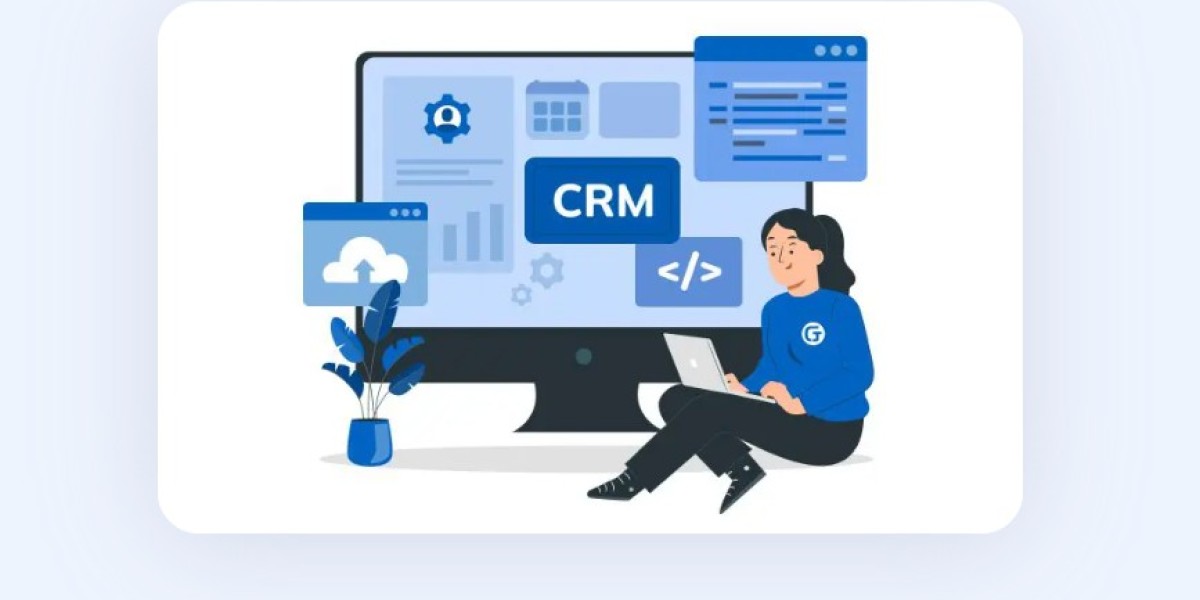Introduction to DME Medical Billing
Durable Medical Equipment (DME) medical billing is a specialized niche in the healthcare billing industry. It involves billing for equipment such as wheelchairs, walkers, and hospital beds. Proper billing ensures healthcare providers get reimbursed accurately and timely.
Understanding the Basics of DME
DME billing differs from regular medical billing due to the nature of the equipment and services. These items often require prior authorization from insurance companies. Additionally, there are specific codes and documentation requirements.
Essential Steps in DME Medical Billing
To master DME medical billing, follow these essential steps:
1. Verify Patient Eligibility
Before billing, confirm the patient’s eligibility for DME benefits. Check with their insurance provider to ensure coverage for the prescribed equipment.
2. Obtain Prior Authorization
Many DME items require prior authorization. This step involves submitting detailed documentation to the insurance company. It includes the physician’s prescription and a medical necessity form.
3. Accurate Documentation
Accurate documentation is critical in DME billing. Ensure all paperwork, such as delivery receipts and maintenance logs, is complete and correct. Proper documentation helps prevent claim denials.
4. Use Correct Billing Codes
Using the correct billing codes is essential for successful reimbursement. Familiarize yourself with the HCPCS Level II codes specific to DME items. Incorrect codes can lead to claim rejections or delays.
5. Submit Claims Promptly
Timely submission of claims is crucial. Delays can result in denied claims or delayed payments. Ensure all claims are submitted according to the insurance provider’s guidelines.
Challenges in DME Medical Billing
Despite its importance, DME billing comes with several challenges. Understanding these challenges can help you navigate the billing process more effectively.
1. Complex Documentation Requirements
The documentation requirements for DME billing are complex. Each item may require different forms and approvals. Keeping track of these requirements can be daunting.
2. Frequent Policy Changes
Insurance policies regarding DME can change frequently. Staying updated with these changes is essential. Regular training and updates are necessary to keep up with the latest billing guidelines.
3. High Denial Rates
DME claims often face high denial rates. Common reasons include missing documentation, incorrect codes, and lack of prior authorization. Understanding these issues can help reduce denials.
Best Practices for DME Medical Billing
Adopting best practices can streamline your DME billing process. Here are some tips to ensure efficiency and accuracy:
1. Invest in Training
Continuous training for your billing staff is essential. Ensure they are well-versed in the latest DME billing guidelines and coding updates.
2. Implement a Robust Billing System
A robust billing system can help manage the complexities of DME billing. Choose software that integrates with your electronic health records (EHR) and automates documentation and claim submissions.
3. Conduct Regular Audits
Regular audits of your billing processes can identify and rectify issues. Audits help ensure compliance with billing regulations and improve accuracy.
4. Maintain Open Communication
Maintain open communication with insurance providers and patients. Clear communication helps resolve issues quickly and ensures all parties are informed about the billing process.
Conclusion
Mastering DME medical billing requires attention to detail and a thorough understanding of the billing process. By following best practices and staying updated with industry changes, you can ensure accurate and timely reimbursements. Implementing these strategies will not only streamline your billing process but also enhance your overall efficiency in managing DME claims.







